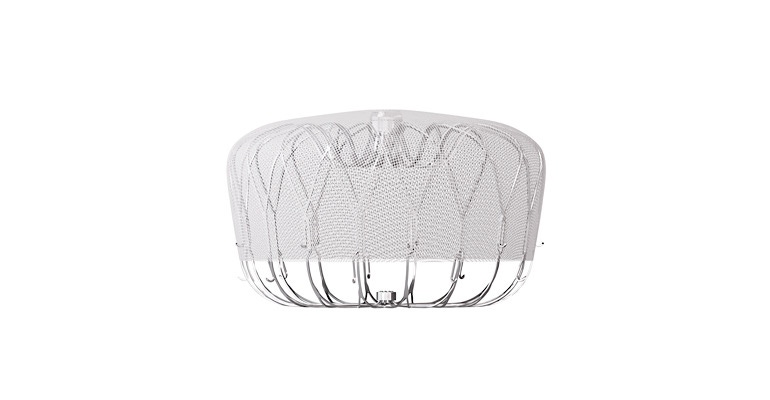The Marlborough, MA-based company said it will have a limited launch of the Watchman FLX Left Atrial Appendage Closure (LAAC) technology and a broader launch in 4Q20.
July 22, 2020

Boston Scientific has won a nod from FDA for the latest generation of the Watchman Left Atrial Appendage Closure (LAAC) technology. Dubbed the Watchman FLX, the technology is designed to advance procedural performance and treat a wide range of patients with non-valvular atrial fibrillation.
There will be a limited launch of the Watchman FLX in the U.S. with a much broader launch coming in at the end of the year, said Dr. Ian Meredith, AM, global CMO, Boston Scientific.
“There is great cognition that recognizes that we want to get it right every time and the best way to do that outside of a clinical trial is start low and go slow,” Meredith told MD+DI. “Pretty much any major structural interventional procedure or device that Boston Scientific launches is led into with a limited market release. We want to emulate the same successful experience we had with the original Watchman Device and emulate the results we see in clinical trials...”
FDA’s approval of Watchman FLX comes a little more than a year after the Marlborough, MA-based company received CE mark for the device.
Meredith said the closed-in nature of Watchman FLX makes a very big difference with respect to repositionability, recapturability, and redeployment.
“The previous Watchman was an open-ended shaped device like an umbrella and [Watchman FLX] is a closed-rounded ball-like structure,” Meredith said. “That enables [the surgeon] to approach the left atrial appendage off the left atrium with the device partially advanced or ready. It offers the ability to recapture the device and fully reposition the device if the [surgeon] doesn’t land it perfectly the first time.”
Meredith pointed out the new frame design allows for optimal device engagement with the tissue for long-term stability and a faster, more complete seal.
“Having a greater size range and more struts on the structure allows the device more conformability, more compression and therefore a much better seal,” he said. “Finally, there is some less exposed metal on this device. There is a covering on the luminal surface of the device and all of the features that could potentially cause thrombus generation have been minimized.”
Data from the PINNACLE FLX study helped push the Watchman FLX forward. Boston Scientific presented the results as a late-breaking clinical trial at the Heart Rhythm Society 2020 Science.
The study met its primary safety and efficacy endpoints with data demonstrating a low rate of major procedure-related safety events (0.5% at 7 days post-procedure) and a high rate of effective LAAC (100% with peri-device flow < 5mm at 12 months post-procedure). Data also demonstrated a high implant success rate of 98.8%.
"We've been very pleased with the real-world clinical outcomes and positive physician feedback for the WATCHMAN FLX device in Europe and are excited to extend the availability of this next-generation technology to patients and clinicians throughout the U.S.," Joe Fitzgerald, president, Interventional Cardiology, Boston Scientific, said in a release. "Our WATCHMAN technology was the first FDA-approved LAAC device on the market and has been implanted in more than 100,000 patients worldwide, and now with the WATCHMAN FLX device, we are taking the clinical benefits of the technology to the next level for more patients while further differentiating our structural heart portfolio in the U.S."
Boston Scientific inherited the Watchman technology in 2011 when it acquired Atritech for $100 million-plus milestones of up to $275 million. The technology was approved by FDA in 2015.
About the Author(s)
You May Also Like




